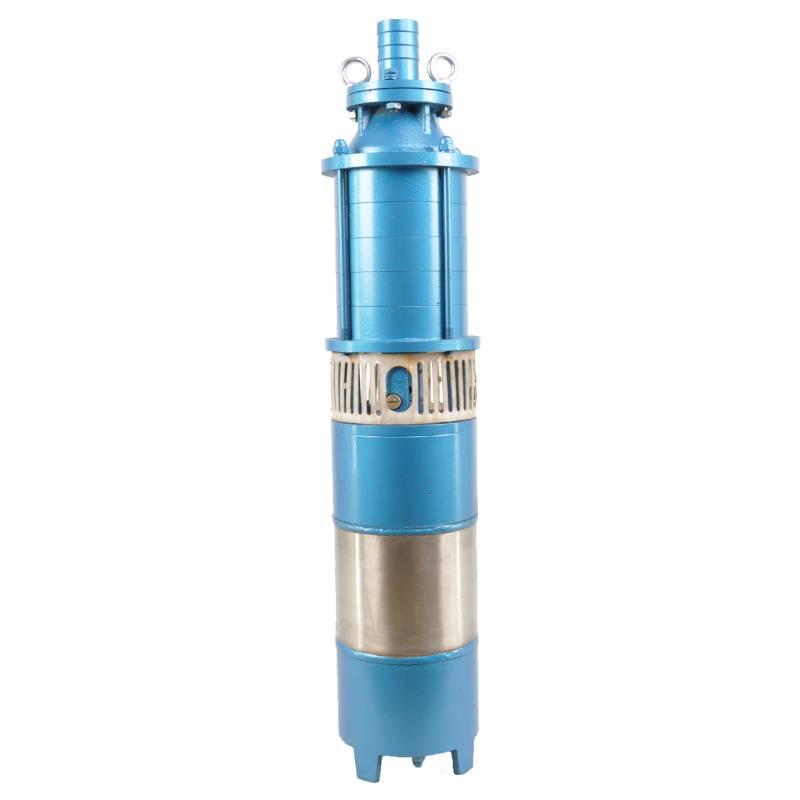Nov . 21, 2024 21:10 Back to list
submersible dirty water pump
Submersible Dirty Water Pumps Essential Tools for Effective Water Management
Submersible dirty water pumps are indispensable devices in various applications requiring the efficient removal of contaminated water. These pumps are specially designed to operate while submerged in the liquid they are pumping, making them highly effective for both residential and industrial needs. They come into play in scenarios such as construction sites, basements prone to flooding, and various agricultural applications, among others.
A submersible dirty water pump is engineered to handle water that contains suspended solids, such as dirt, sand, and debris. Unlike standard pumps, which may clog or become damaged when dealing with dirty water, submersible pumps are equipped with robust components that allow them to function effectively in challenging conditions. These pumps typically feature a sturdy motor encased in a waterproof housing, enabling them to be fully submerged without risk of damage. The ability to pump dirty water makes them vital in scenarios where clean water is not accessible or where water accumulation can cause damage or safety hazards.
Applications of Submersible Dirty Water Pumps
1. Construction Sites During the construction of buildings, retaining walls, or other structures, water accumulation from rain or groundwater can hinder progress. Submersible dirty water pumps efficiently remove standing water, allowing work to continue without delays caused by flooding.
2. Flooded Basements Homeowners often face the issue of flooded basements during heavy rainfall or plumbing failures. A submersible dirty water pump is a reliable solution to expel large volumes of water quickly, protecting the property from water damage and mold growth.
3. Agricultural Uses Farmers frequently encounter situations where irrigation systems or natural water bodies overflow, leading to excess water pooling in fields. Submersible pumps play a crucial role in draining this water, ensuring crops are not submerged and that soil conditions remain optimal for growth.
submersible dirty water pump

Choosing the Right Submersible Dirty Water Pump
When selecting a submersible dirty water pump, several factors must be considered. The first is the pump's maximum flow rate, which determines how quickly it can remove water. For larger applications, a high-capacity pump may be necessary. Additionally, the pump’s maximum head lift is crucial, as it indicates the height to which water can be pumped. This is particularly important in multi-level constructions or when displacing water from deep pits.
Another essential consideration is the size of the solids the pump can handle. Different pumps have varying capacities to manage the size of debris they can process, typically indicated in millimeters. Choosing a pump with the right solid handling capability is crucial to avoid clogs and ensure efficient operation.
Maintenance and Care
Proper maintenance of submersible dirty water pumps extends their lifespan and ensures optimal performance. Regular checks should be made on the motor and impeller to ensure that they are free of debris. After use, it's advisable to clean the pump and inspect it for any signs of wear or damage. Storing pumps in a dry location when not in use will also help to prevent deterioration.
In conclusion, submersible dirty water pumps are vital tools for effectively managing water in numerous settings. Their ability to handle contaminated and muddy water makes them indispensable for both residential and industrial applications, and with proper selection and maintenance, they can serve well for many years.
-
Submersible Water Pump: The Efficient 'Power Pioneer' of the Underwater World
NewsJul.01,2025
-
Submersible Pond Pump: The Hidden Guardian of Water Landscape Ecology
NewsJul.01,2025
-
Stainless Well Pump: A Reliable and Durable Pumping Main Force
NewsJul.01,2025
-
Stainless Steel Submersible Pump: An Efficient and Versatile Tool for Underwater Operations
NewsJul.01,2025
-
Deep Well Submersible Pump: An Efficient 'Sucker' of Groundwater Sources
NewsJul.01,2025
-
Deep Water Well Pump: An Efficient 'Sucker' of Groundwater Sources
NewsJul.01,2025
-
 Submersible Water Pump: The Efficient 'Power Pioneer' of the Underwater WorldIn the field of hydraulic equipment, the Submersible Water Pump has become the core equipment for underwater operations and water resource transportation due to its unique design and excellent performance.Detail
Submersible Water Pump: The Efficient 'Power Pioneer' of the Underwater WorldIn the field of hydraulic equipment, the Submersible Water Pump has become the core equipment for underwater operations and water resource transportation due to its unique design and excellent performance.Detail -
 Submersible Pond Pump: The Hidden Guardian of Water Landscape EcologyIn courtyard landscapes, ecological ponds, and even small-scale water conservancy projects, there is a silent yet indispensable equipment - the Submersible Pond Pump.Detail
Submersible Pond Pump: The Hidden Guardian of Water Landscape EcologyIn courtyard landscapes, ecological ponds, and even small-scale water conservancy projects, there is a silent yet indispensable equipment - the Submersible Pond Pump.Detail -
 Stainless Well Pump: A Reliable and Durable Pumping Main ForceIn the field of water resource transportation, Stainless Well Pump has become the core equipment for various pumping scenarios with its excellent performance and reliable quality.Detail
Stainless Well Pump: A Reliable and Durable Pumping Main ForceIn the field of water resource transportation, Stainless Well Pump has become the core equipment for various pumping scenarios with its excellent performance and reliable quality.Detail
